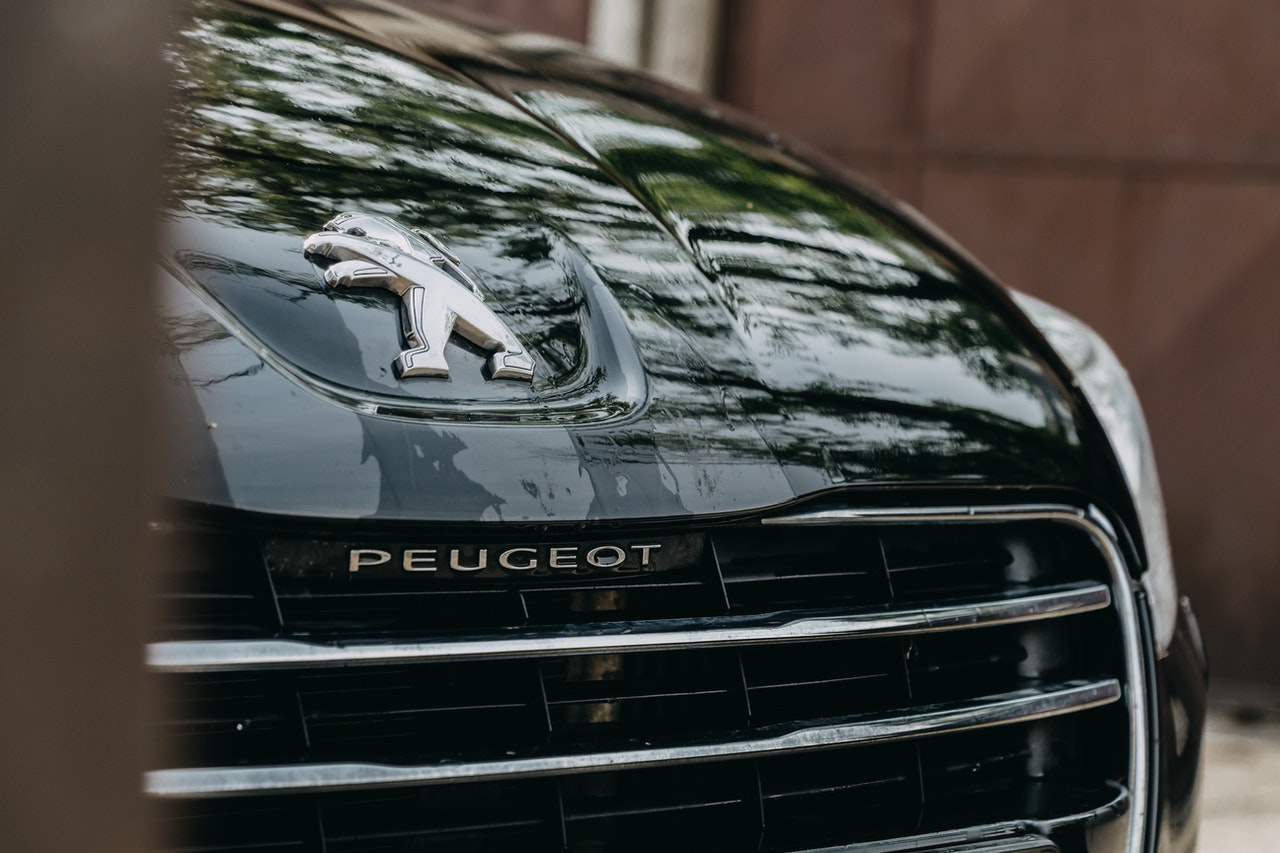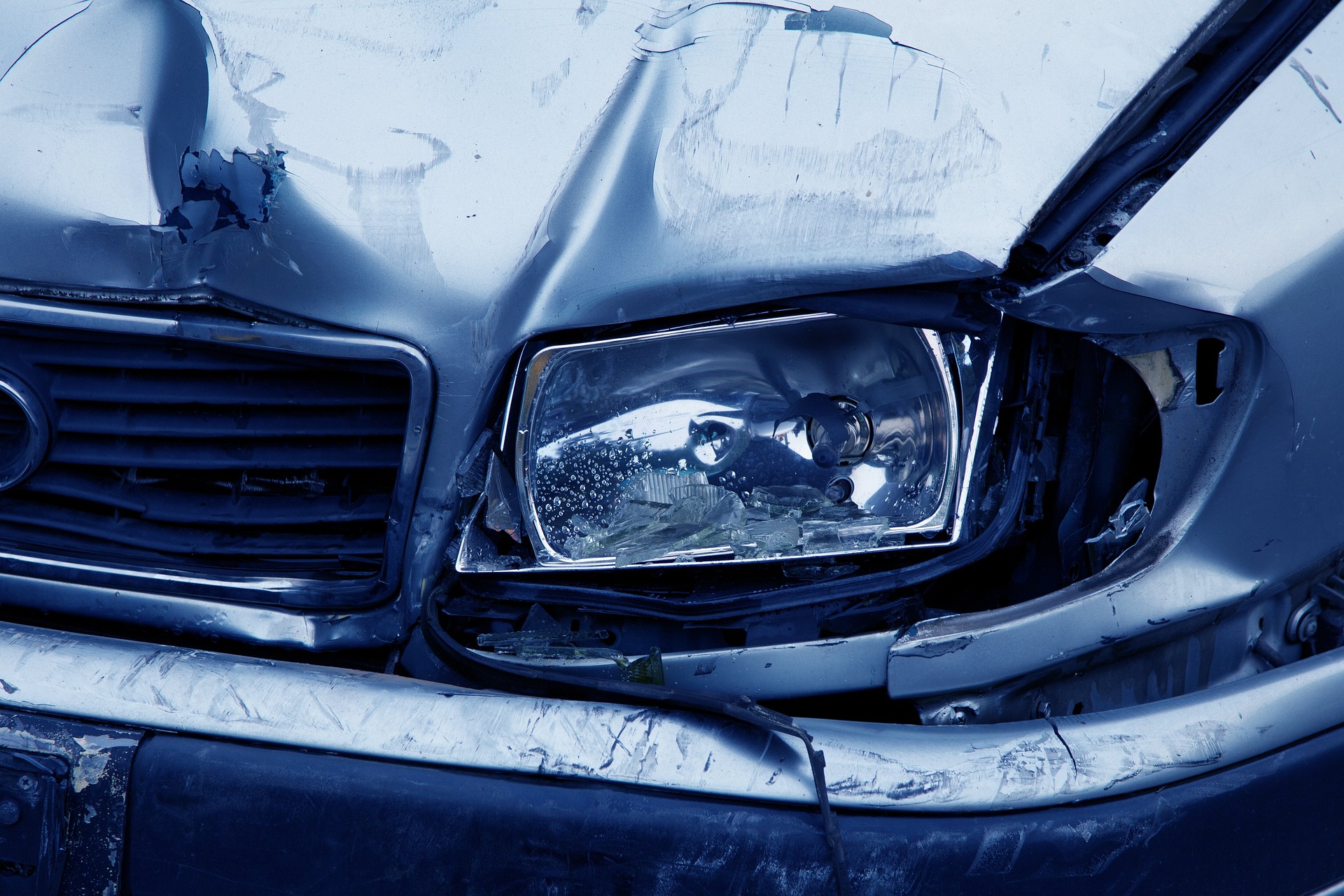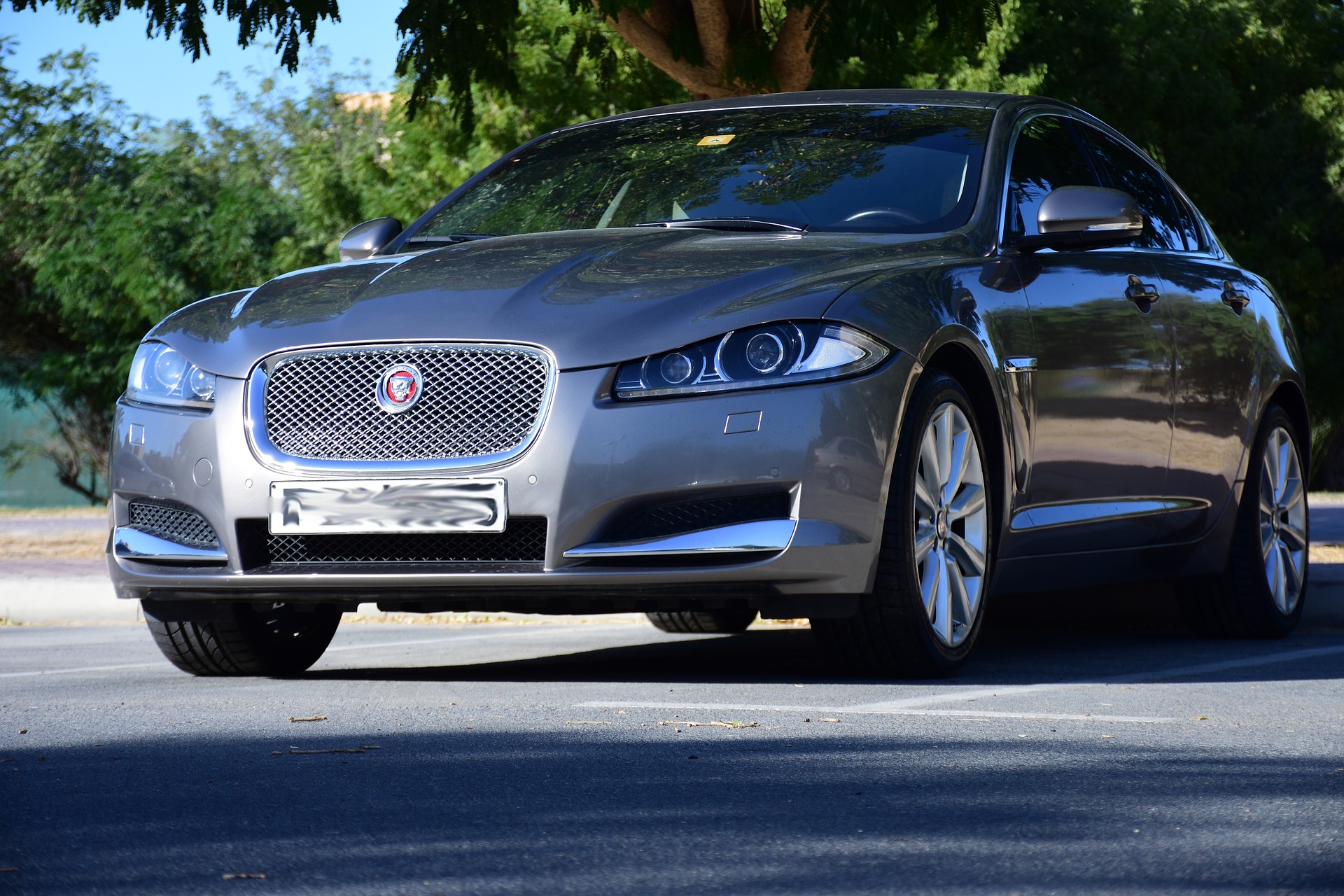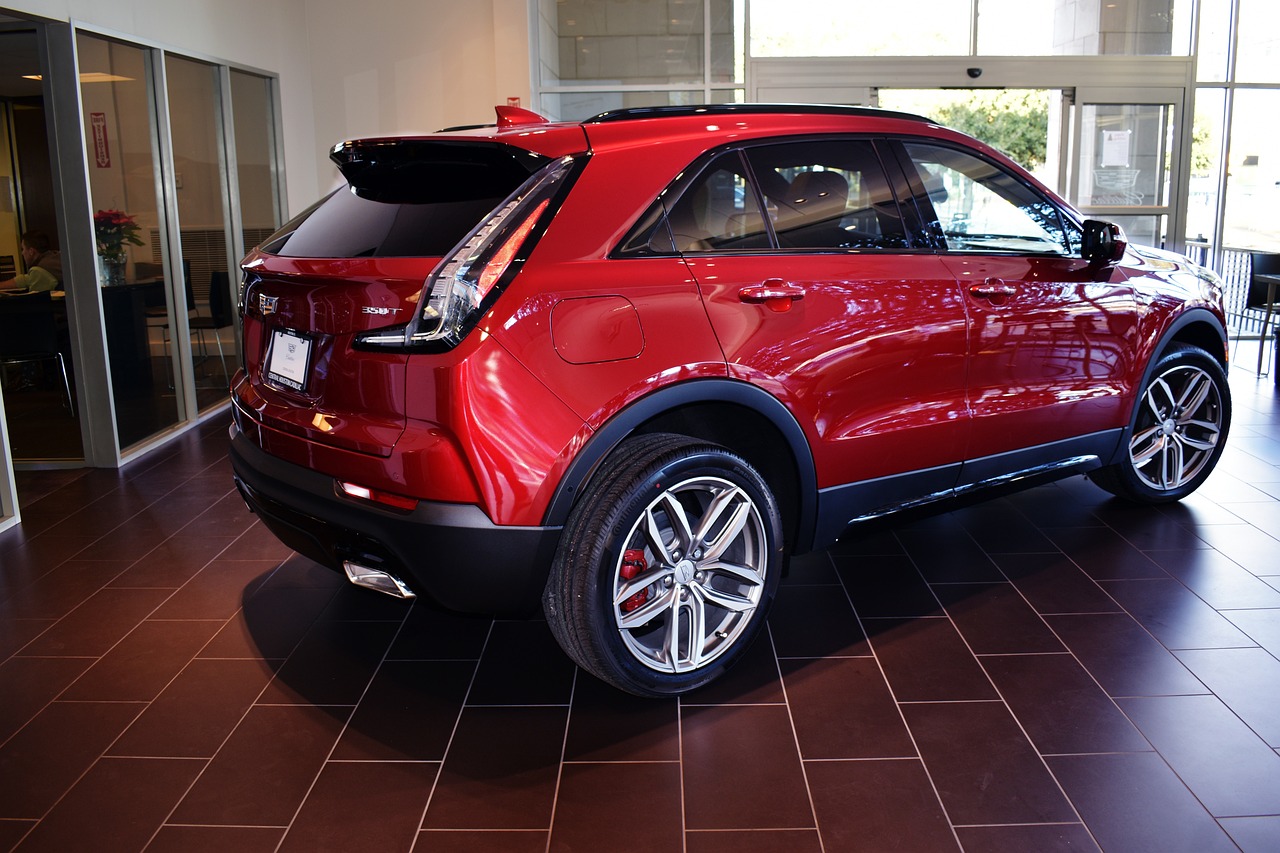Expert Tips: Things to Consider When Buying a Used Vehicle
The first thing to consider is going to be cost. This will all depend on the amount of money you have saved up for the purchase and the type of vehicle you want.
Whether you are buying from a used dealership or a private party, you want to make sure that you are not getting ripped off! Make sure to do your homework and check things like Kelly Bluebook, in order to ensure you are paying a fair amount for the car.
The price will depend on things such as the year, make and model, condition, and mileage of the vehicle.
Condition
Once you have a budget set and know what type of vehicle you want, you will want to start shopping around.
Make sure to check the vehicle thoroughly, inside and out. You will want to look for things like damage, both exterior and interior; mileage; brake lights and headlights; electrical systems; tire condition; and windows.
Also be sure to pop the hood and look at the condition of the engine and radiator, as well as checking for any oil and fluid leaks.
Once all of that checks out, take it for a test drive. Make sure the car starts without any issues. While you are driving make sure to test the brakes, the steering, transmission, and dashboard display.
The last thing you want is to get stuck with a lemon that will break down within a week!
Warranties
It is not uncommon for used car dealerships to offer limited, one year or six month warranties. This can be a huge benefit from purchasing through a dealer as opposed to a private party. So, make sure to ask the dealership any details about warranties and what they cover.
Also, make sure the dealership is reputable and has a good Better Business Bureau rating.
Remember, buying from a private seller is much more risky than purchasing through a dealership, so doing your due diligence before handing over your hard earned cash is crucial.
What Is a VIN Number and What Is It Used For?
The Vehicle Identification Number, or VIN, is a unique serial number that each car has in order for it to be used as identification used by the auto industry. It consists of 17 characters and uses a combination of numbers and letters. The VIN number is used to identify motorized vehicles, towed vehicles, etc. Think of it as a car’s fingerprint.
A VIN number is created for every vehicle that comes off the assembly line, and it provides information such as what company manufactured the car, the country, the make and model, and the year it was produced.
How to Find a VIN Number on a Car
Now that we know what a VIN number is, let’s talk about where to locate it on your vehicle.
There are several ways to locate a VIN number:
- The driver’s side dashboard is the most common place it will be. If you look through the windshield on the driver’s side, you will see a small, metal plate with the 17-character VIN number on it.
- The driver’s side door jamb is another place to locate it. There will usually be a sticker with crucial information about the vehicle, including the VIN.
- Some older vehicles may have it on the driver’s side quarter panel.
- Another place to find a VIN number is on paperwork such as an insurance card, the vehicle’s title, and the registration.
How to Decode a Vin Number
Decoding a VIN number may sound like something out of a spy movie, but it is pretty simple. The 17 characters on a VIN are broken up into little blocks. By breaking these blocks down, you can decode your VIN.
The first character identifies the country of origin: Numbers 1, 4, and 5 are the USA. Number 2 is Canada and 3 is Mexico.
The second character identifies the manufacturer: G for General Motors, C for Chrysler, N for Nissan, etc.
The third character will identify the type of vehicle.
Characters 4-8 will identify the model type, engine type, and body type of the vehicle.
The 9th character is used by the vehicle manufacturer to authenticate the VIN number. It is called a “check digit.”
Characters 10-17 are what is called the “vehicle identifier section.” This gives more information about the model and year of the vehicle.
Why Its Essential to Decode a VIN Number Before and After You Purchase a Used Car
Checking the VIN before buying a car is important so you can gather essential information about the vehicle. One way to do this is by using a VIN decoder tool like this one: Free Vehicle Identification Number (VIN) Decoder & Lookup (vindecodr.com). This allows you to put in the VIN code and get all the information about the vehicle, which is especially important if you are buying from a private party.
Checking the VIN after you buy the vehicle can be valuable, as well. If there is a recall on your car, or if your car is stolen, the VIN number will be vital information to have.
Now that you know the essentials about purchasing a secondhand vehicle, what a VIN number is, and how to decode it, you can feel more confident when making your purchase.
So, now you are all ready to go out and get a car. Drive safe!












